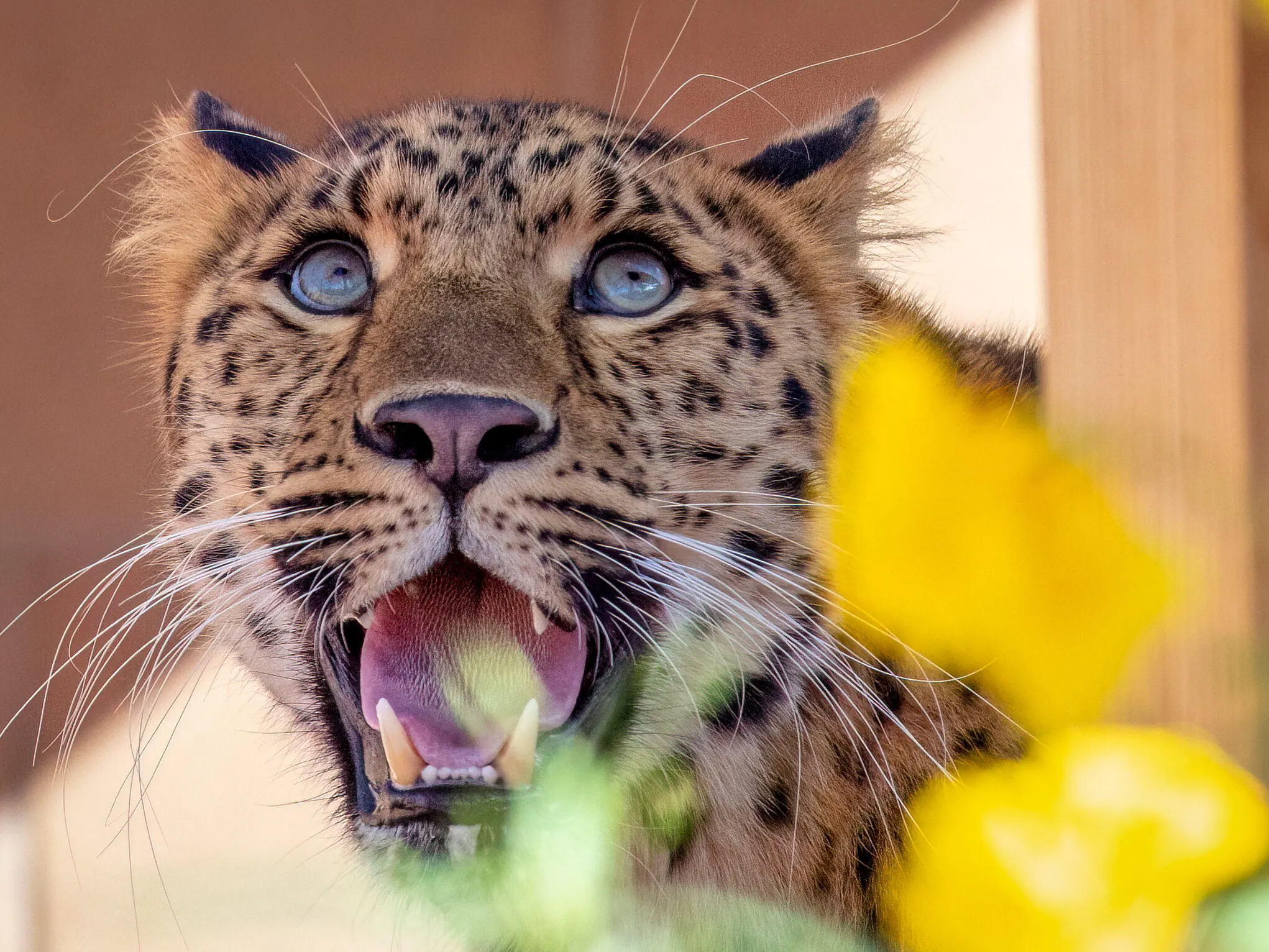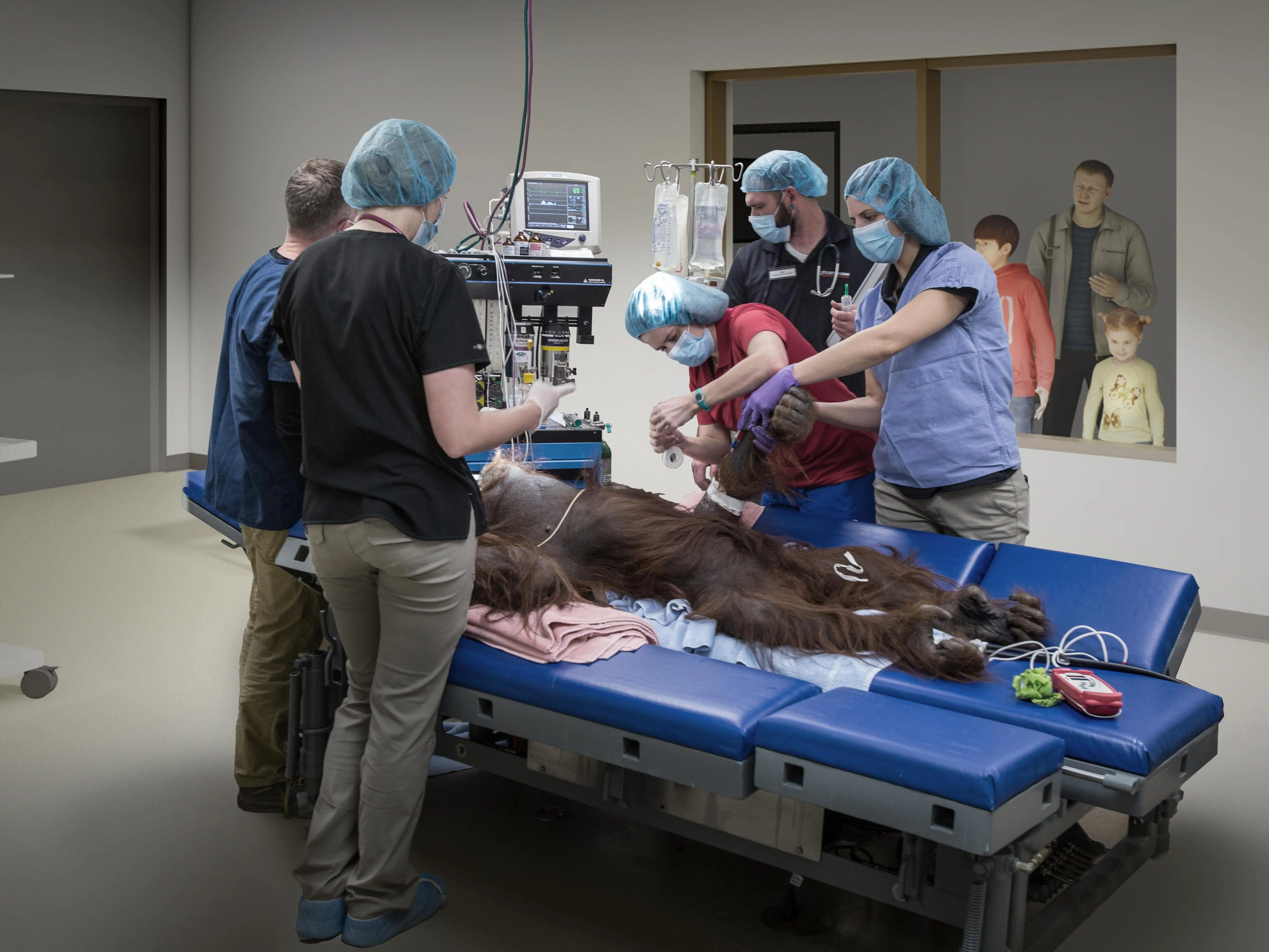dalmatian pelican
ABOUT
Masters of the Sea, the Air … and Not so Much the Land
Not only are they the biggest pelican species in the world, but Dalmatian Pelicans are also one of the largest flying birds. Their wingspan can reach lengths of 11.5 feet and they average around 30 pounds. This large size makes them a little awkward on land, but they make up for it by being exceptionally great swimmers (thanks to their webbed feet) and splendid fliers. They have been observed flying at altitudes of more than 10,000 feet!
Fishing Frenzy
Dalmatian pelicans are piscivores, which means that they mainly eat fish. An adult can eat up to 4 pounds of fish in one day. To catch fish they will commonly work in small groups of three to five, or team up with other aquatic birds such as cormorants. The pelicans will herd the fish toward shallow areas and then use their large bill pouches like fishing nets to scoop the fish from the water. To clear the water from their pouches, they lean their heads forward and drain the water until only the fish remain. Adults can hold up to three gallons of water in their pouches or about two or three times the amount they can hold in their stomachs!
Making a Comeback
The worldwide population of Dalmatian pelicans has dropped from millions of birds at the beginning of the 1800’s to only about 1,000 total birds in 1980. This large decline was due to a combination of pesticide use, overfishing, alteration/destruction of wetland habitats, illegal hunting/trapping and wrongful persecution by fishermen who believe the pelicans pose a threat to their business. Despite these issues, recent conservation efforts and legal protections have helped bring the population up to about 10,000 individuals. Although still a species at risk, there is hope for the future.
dalmatian pelican
Class: Aves
Order: Pelecaniformes
Family: Pelecanidae
Genus: Pelecanus
Species: Crispus
Status: Vulnerable
Lifespan: 15 to 25 years in the wild; up to 54 years in managed care
Diet: Fish, small birds
FUN FACTS!
helping wing
the extra mile
Plan your visit today!
The Phoenix Zoo is one of the largest non-profit zoos in the U.S., caring for over 3,000 animals, with nearly 400 species represented, including many threatened/endangered species.







